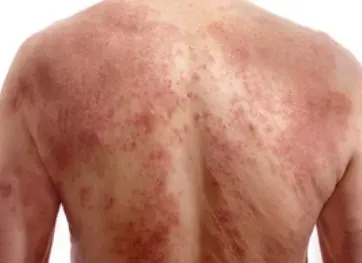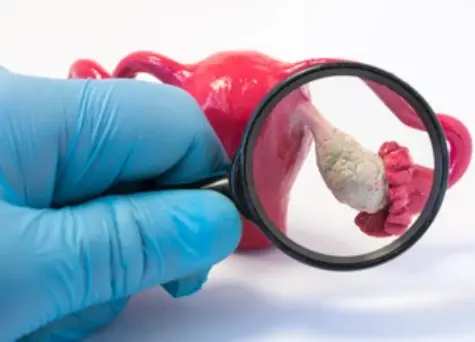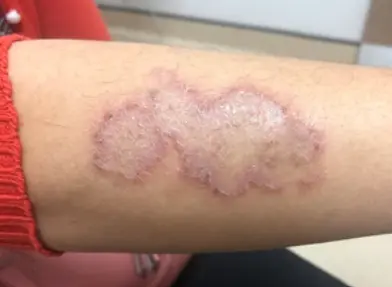 Welcome
Welcome
“May all be happy, may all be healed, may all be at peace and may no one ever suffer."
- A
- B
- C
- D
- E
- F
- G
- H
- I
- J
- K
- L
- M
- N
- O
- P
- Q
- R
- S
- T
- U
- V
- W
- X
- Y
- Z
Contact dermatitis - Generics
Contact dermatitis is a type of skin inflammation that occurs when the skin comes into contact with a substance that causes an allergic or irritant reaction. It can affect anyone, but some people may be more prone to it than others due to genetic or environmental factors.
Symptoms of contact dermatitis can include redness, itching, swelling, and blistering of the skin in the area where the skin has come into contact with the irritant or allergen. The symptoms may develop quickly or may take several days to appear.
Common triggers of contact dermatitis include soaps, detergents, cosmetics, fragrances, metals, and latex. The reaction may be acute or chronic, depending on the nature of the irritant or allergen and the duration of exposure.
Treatment for contact dermatitis typically involves identifying and avoiding the irritant or allergen that triggers the reaction. Topical or oral medications may also be prescribed to relieve symptoms, such as corticosteroids to reduce inflammation or antihistamines to relieve itching.
Prevention of contact dermatitis involves taking precautions such as wearing protective clothing, using mild soaps and detergents, avoiding known allergens, and using barrier creams to protect the skin. If you suspect that you have contact dermatitis, it is important to seek medical advice to determine the underlying cause and the appropriate treatment plan.

Minor skin infections

Pulmonary oedema

Herpes virus infections

Gangrene

Ovarian carcinoma

Intrapartum prophylaxis a...

Raynauds disease

Superficial dermatophyte...
Contact dermatitis, যোগাযোগ ডার্মাটাইটিস
To be happy, beautiful, healthy, wealthy, hale and long-lived stay with DM3S.